
Thank You
Thank you for your input!
We value your comments and suggestions. Each inquiry is reviewed individually. However, due to the high volume of messages we receive daily, we may not be able to respond to every request.
Our Blog
-
Different is Not Wrong: Mental Health and Neurodivergence
Wednesday, November 20, 2024, 11:47 AM
By Mids Meinberg Slowly, the world is coming into a greater understanding of the effects of mental i…
Read this Post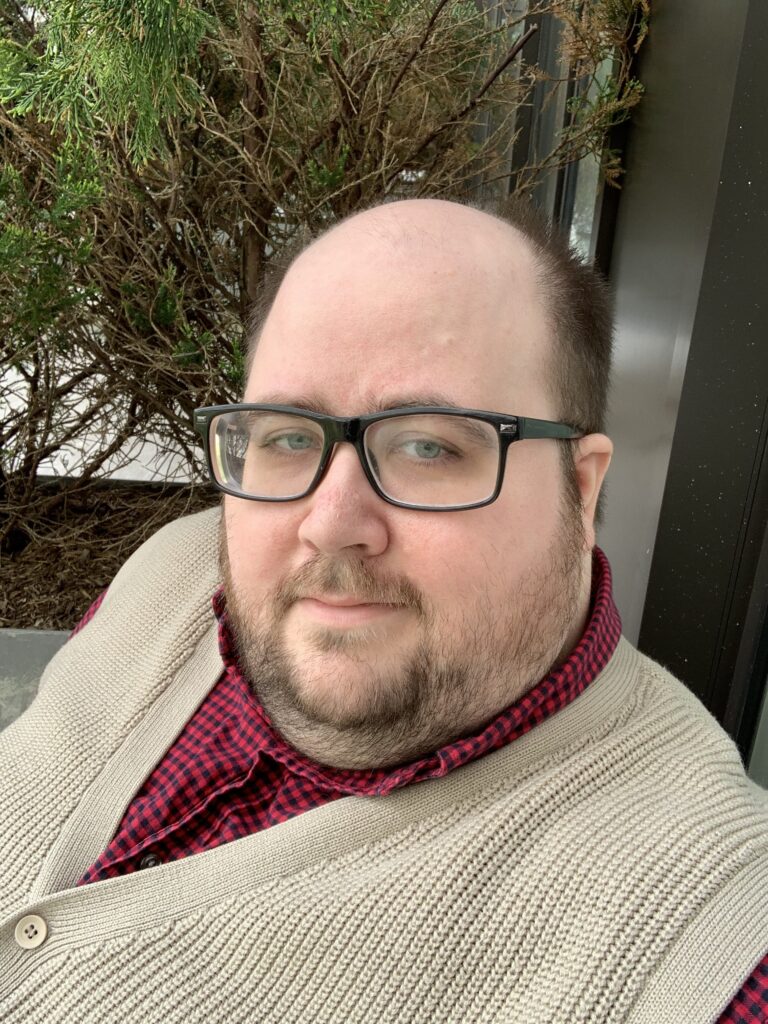 By Mids Meinberg
By Mids MeinbergSlowly, the world is coming into a greater understanding of the effects of mental illness. Despite this, there are still many who view those with mental health disabilities as broken. They might also think that we are wrong in the way that we look at the world and at ourselves. In truth, there are undeniably downsides to some kinds of mental illness, but these downsides do not make us any less or worse than other people, and it does not mean that we are inherently wrong. We are just different, and our differences should be celebrated and embraced.
Of course, this is complicated by the relationship between mental illness and neurodivergence. Neurodivergence refers to people who have different ways of looking at the world because of a neurological condition. Many neurodivergent people do not see their disability to be mental illness, though the conditions that cause neurodivergence have been considered to be mental illnesses in the past. Examples of neurodivergent conditions include autism, ADHD, and learning disabilities.
Neurodivergent activists as well many other disabled people are very clear that they do not need to be cured, but rather they see their disability as an integral part of their identity. Attempting to remove this part of a person would be like trying to cure someone of being gay, something unconscionable to any compassionate person, but with a deeply tragic history of being attempted. There is no denying, though, that having ADHD or a learning disability makes it hard to navigate society, but this difficulty can be mediated in many ways, through accommodations, medication, and services, but most importantly with compassion, care, and understanding from those in the lives of the neurodivergent person.
People with mental illnesses, however, tend to have a more complicated relationship with their disability than neurodivergent people. Indeed, some mental illnesses are inherently temporary, like a case of major depression following a traumatic event. Some come and go, cycling in and out of the person’s life, like Seasonal Affective Disorder. Some cause great difficulty in interacting with others, like social anxiety. And some are greatly villainized to such an extreme that having them is seen as being “evil,” like narcissism or borderline personality disorder.
My most prominent mental illness, chronic depression, is something that I do struggle against. It makes it harder for me to do the things that I need to do, and it makes me find less joy in the things that I want to do. It reduces my capability to act in the world, and, when combined with my other mental illnesses, makes it very difficult for me to form and maintain strong interpersonal relationships. But, this is why I have therapy and medication to help mediate the worst symptoms of my depression.
Indeed, most mental illnesses can be made more manageable with therapy, medication, and other forms of care. Even with these aids, though, most mental illnesses cannot be cured, cannot be completely removed. Even if I could be cured completely, though, I would not want it.
I have talked many times about how my depression has helped to shape my worldview, helped me to think about where I stand in society, and what society truly means, in ways that someone without depression simply could not. A concept called depressive realism suggests that people without depression inherently have a slightly higher view of themselves than is strictly accurate. This slight self-bias is almost certainly a healthy thing, necessary in a world that can be so casually cruel to those who are not able to stand up for themselves.
So while my perspective may hurt me, it does help me see the world slightly more clearly, forming a foundation that I have expanded upon as I’ve continued to live with my depression. The treatment I receive for my depression also helps me from sliding too far in the other direction with my views, helping me to achieve a balance that is only possible through the intersection of my mental illness and my continued existence within society.
I have only my lived experience with mental illness to rely on in terms of finding the strength in my thinking, but I can see how a person with borderline personality disorder could use their self-perspective to be excellent promoters of themselves and the things they care about. Well-crafted coping mechanisms for social anxiety, created with the aid of therapy, can help a person to create space in a healthy way in conversations.
This is also the case for neurodivergent people, though neurodivergent people have become increasingly vocal at advocating for their value and the value of their perspective in society. Mentally ill people can follow the lead of neurodivergent activists in becoming prominent advocates for themselves, and for the proper care for their disabilities. Socially ostracizing narcissists will not help them to better balance the needs of others. Sticking schizophrenic people in mental institutions where they cannot be seen will not help them to find the inner understanding they may need. Telling depressed people to be happier will only make us more miserable.
But despite the difficulties that come with mental illnesses, we are not broken. We are not monsters, we are not anything other than human. Unfortunately, there are those in our culture that seek to demonize all people with mental illnesses, to make us seem dangerous and a threat to the well-being of an ordered society. They see the ways that we struggle against the constraints of the day-to-day, of the ways that we are constantly let down by systems of oppression, and these people see the problem as us.
But we aren’t the problem. We are human, with all the imperfections and grace that comes with our species. We aren’t a threat, we aren’t a burden. We’re just different, and our different experiences and perspectives add to the complexity and beauty of our society.
Mids Meinberg is a writer and game designer working out of New Jersey. They have an AA in Creative Writing from Brookdale Community College.
-
A How-To Guide to Inclusive Language, and Why It Matters
Thursday, November 14, 2024, 1:54 PM
By Mids Meinberg Language inherently has a history; it’s derived from the society in which it was de…
Read this Post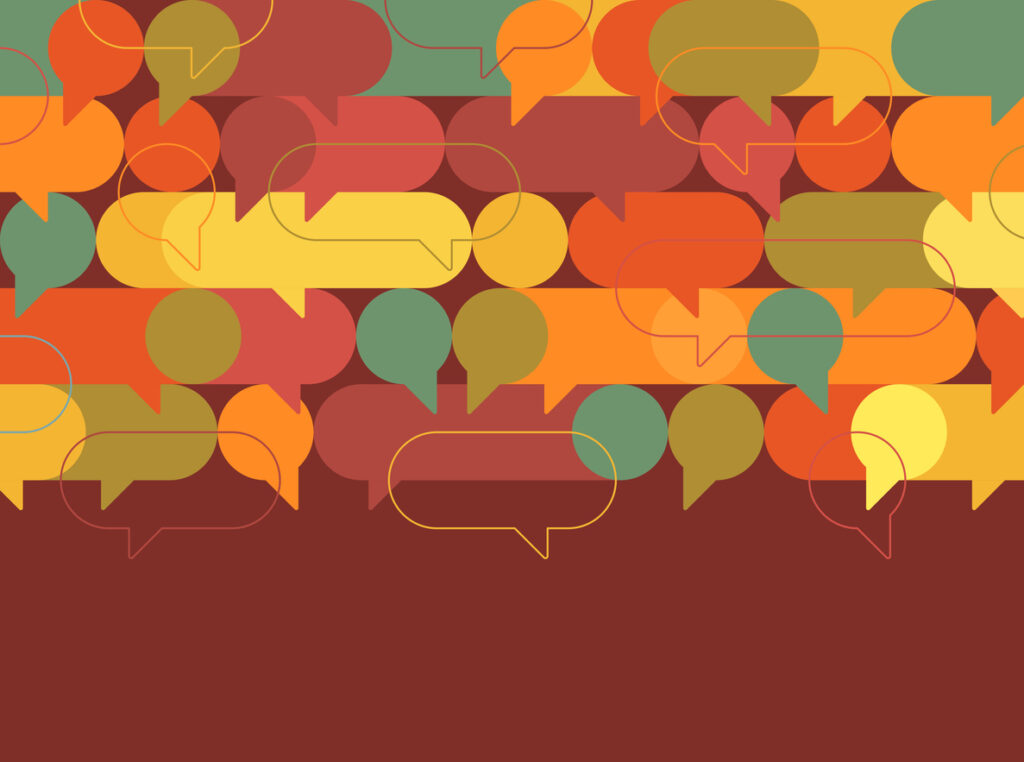 By Mids Meinberg
By Mids MeinbergLanguage inherently has a history; it’s derived from the society in which it was derived, but the meanings of words subtly change as they are filtered through contemporary culture. While the denotation of words (their dictionary definition) rarely changes, the connotation (the extra cultural meaning of a word) changes much more frequently. With more and more people gaining access to the telecommunication networks of the world via the internet, more people are able to put their input into the language we use and the meanings behind them.
In many cases, this means pointing out words that, while once commonplace, carry with them negative connotations, particularly with regard to marginalized groups. While I am disabled and queer, this does not give me universal access to the feelings of all marginalized people. In particular, I cannot speak in specifics about the role of inclusive language when it comes to people of color. Hopefully the general guidance provided here will provide a foundation for further learning about those specifics.
When talking about inclusive language, it is important to understand why people should not use words that are rooted in bigoted notions. The idea from Orwell’s 1984 that language restricts our thoughts is perhaps hyperbolic, but it is true that the way people speak about things reflects the way that we think about them.
For example, the word “lame” is very often used to refer to anything boring or underwhelming. However, it literally refers to a difficulty with walking deriving from injury or disability to the foot or leg. When “lame” is used in the connotative sense to mean these negative things, it can be easy to start thinking about people with disabilities affecting their movement as boring.
Now, this is not a guaranteed thing to happen. Most people can hold these two definitions separate in their minds. In fact, this process more frequently happens in reverse, where people begin to develop negative connotations to groups of people and then apply those feelings to the words used to describe those people. With disabled people, a lot of these words had their negative connotations assigned a long time ago to the point that it can be hard to know what words exactly have origins in bigotry.
In other cases, the linguistic shift has happened in recent memory. For example, the word “special” was used to refer to developmentally disabled people in an attempt to deflect from the heated connotations associated with the previous word used to describe them, the r-slur. Unfortunately, since society still at large holds extremely negative views regarding developmentally disabled people, using “special” to refer to a person rather quickly came to have the same sort of connotation as the r-slur.
Every term used to refer to queer people, including now widely accepted words like queer and gay but also less widely reclaimed slurs, has had a negative connotation at some point or another. “Gay” came to have connotations similar to “lame” while “queer” had a meaning that was built entirely upon alienating the target of the term, focusing on their role as an Other. Over time, efforts have been made to reclaim the use of these words, by separating them from their negative connotations and using them more specifically. Queer, for instance, has been reclaimed in large part to its use in academia, with queer studies taking on an important role in normalizing queer people. Gay, in contrast, has become reclaimed by informal conversations on the internet, with queer people of all kinds rallying behind it as a term they can embrace as part of their identity.
This points to the second major reason to use inclusive language: it helps the speaker to avoid looking like a bigot. We all screw up and use non-inclusive language in our informal speech; non-inclusive language is the default and we have to work to actively deprogram our minds from its usage, which is always going to be a work in progress. In formal speech or even when addressing a group of coworkers in an email, however, it’s important to be more diligent about inclusive language. If a set of prepared remarks contains non-inclusive language, it communicates to the listeners that the speaker does not care about the affected marginalized group.
There is a clear distinction here between slurs and non-inclusive language, however. Slurs should never be used, regardless of the context, though this is much easier thanks to the inherent hatred involved in a slur. As long as one does not hold active hatred towards the target of a slur, then the power of the word will be evident before it is said, allowing for its use to be prevented.
Another difference is that it is possible to use words that might be non-inclusive in contexts where their usage is in fact inclusive. For example, using the word “blind” to refer to someone being ignorant is non-inclusive, but using it to refer to someone who literally cannot see is fine. Indeed, the precise words for disabilities when used specifically to those disabilities is almost always a perfectly acceptable thing to do. Disability is not a slur and embracing being disabled as an identity helps to grant strength to disabled people, both in the general and with their specific disabilities.
There are some words, however, that are more general in their relationship to disability and thus should not be used by non-disabled people, like “crip” or “gimp.” These words still hold a larger amount of power in them, largely in how they had been weaponized against disabled people in the past. However, some disabled people have taken these words and harnessed their power, using them as a vibrant and striking form of self-identification. Even though these words have been used to hurt in the past, that history makes them a powerful symbol of unity and the changing tides of history when used by disabled people.
Ultimately, the key to understanding inclusive language is understanding that language has power, it has meaning beyond what you can find in the dictionary. By using language well and with understanding of the people who are most likely to be affected by it, you can use that power to bridge gaps rather than widen them.
In summary:
- Language subtly affects how we think about the world.
- Language is shaped by society’s perception.
- Avoid using words in a way that assigns negative connotations to marginalized groups.
- Using words literally is usually fine.
- Slurs should never be used by anyone outside of the targeted group.
Some examples:
- Don’t use blind to mean ignorant
- Don’t use deaf to mean callous
- Don’t use gay to mean bad
- Don’t use lame to mean boring
- Use non-verbal instead of dumb or mute
- Use little people to describe people with dwarfism
Mids Meinberg is a writer and game designer working out of New Jersey. They have an AA in Creative Writing from Brookdale Community College.
-
Empowering Inclusion: Easterseals Colorado’s Support for Disabled Individuals in the Workforce
Tuesday, November 12, 2024, 11:54 AMEmpowering Inclusion: Easterseals Colorado’s Support for Disabled Individuals in the Workforce
Tuesday, November 12, 2024, 11:54 AM
By Grant Stoner Last month, disabled individuals celebrated National Disability Employment Awareness…
Read this PostBy Grant Stoner
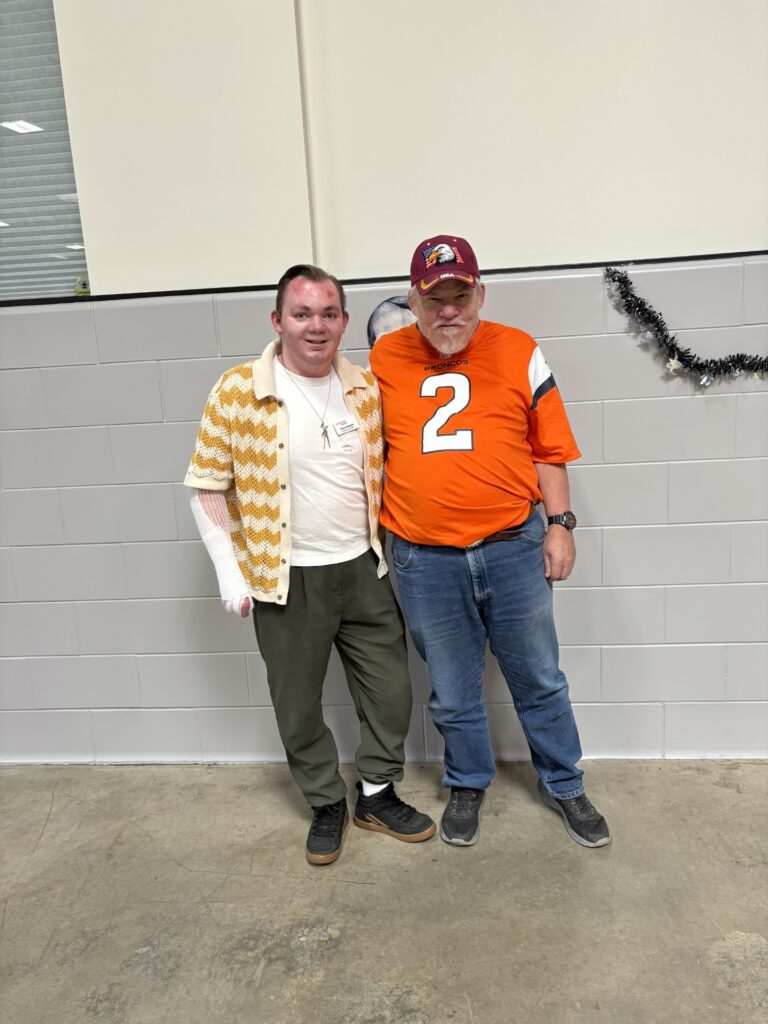
Henry (left) and an employment participant. Photo provided by Easterseals Colorado
Last month, disabled individuals celebrated National Disability Employment Awareness Month (NDEAM), a time to raise awareness about the importance of workplace acceptance for disabled individuals. From freelancing to full-time work, every person deserves equal access to a welcoming and safe work environment.
For disabled people, entering the workforce can be a daunting task. Self-advocating for necessary accommodations, not exceeding income limits for those on state or federal services, and even finding jobs that offer remote opportunities are just some of the barriers that are regularly encountered. Employment Specialist Henry DeAngelis of Easterseals Colorado understands the challenges that disabled people face, especially as many seek employment for the first time. Speaking with our Easterseals blog, DeAngelis explores the work he performs at Easterseals Colorado, and even shares some success stories from some of his clients.
The Right to Work
Seeking employment is intrinsic to both nondisabled and disabled people. Working a job is necessary to make a living, provide meaningful community connections, and even help to learn new skills for future opportunities. And for DeAngelis, assisting the disabled people of Colorado is important to normalizing and embracing disabled individuals and accessibility within jobs.
“My main job is to be the liaison between the clients and the employer,” DeAngelis said. “So, making sure that that relationship is going smoothly, and mainly my job is to help work through any issues that arise. Whether this is as simple as making sure the client knows what their schedule is, and when they are expected to show up and where, whether it may be helping them request a day off or vacation time, or sometimes larger issues if a task isn’t done right.”
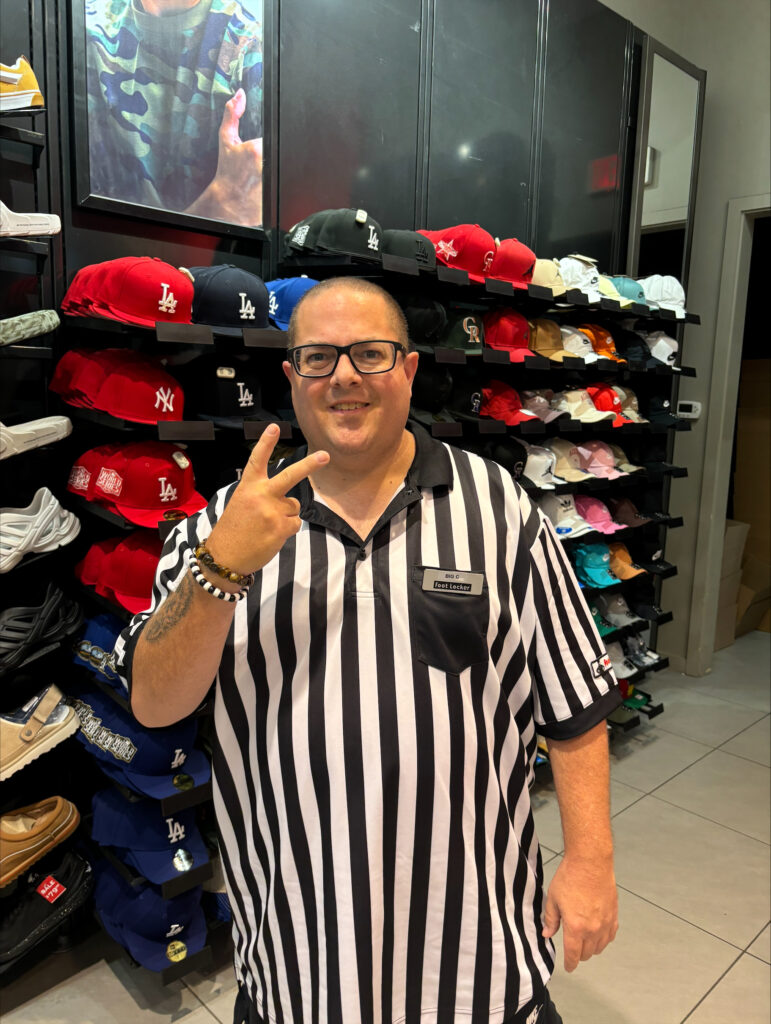
Photo provided by Easterseals Colorado.
Beyond these goals, DeAngelis also assists disabled individuals in adapting to new work tasks or routines as their employer changes over time. Part of this involves teaching digital literacy, an important tool in an ever-evolving digital landscape. According to DeAngelis, statistics indicate that approximately 90% of jobs in the workforce require some form of technological understanding. And for disabled individuals that either lack appropriate digital tools or the knowledge to operate them, DeAngelis and the Easterseals Colorado team provide a safe environment to learn or retrain digital skills.
“We’ve been developing [the digital literacy training program] for a few years,” he said. “A lot of what people might think of as the basics of being able to clock in and clock out. If there’s any type of training that needs to be done, like logging into websites with the account, clicking through the training, making sure everything goes smoothly.”
Digital literacy is especially important for disabled youth. As classrooms adopt digital lessons, especially in the aftermath of the COVID-19 pandemic, DeAngelis, through Job Exploration and Transition Training (JETT), teaches disabled children how to operate programs like Word, Excel, PowerPoint, and even helps clients create and understand digital resumes that they can share with prospective employers. Thankfully, Easterseals Colorado is not alone with these efforts. DeAngelis explains that there is currently a national partnership with technology company IBM to provide courses to clients that allow them to stay current with their knowledge, while simultaneously providing certificates of completion, thus bolstering resumes.
“Right now, [IBM] has a big course on AI and just understanding it,” he said. “AI hasn’t fully integrated into work yet, but a lot of companies are experimenting with it, seeing where it might be useful, finding out where it maybe isn’t. It’s something that we must keep our eyes on and see where the trends are going so that we can make sure to help our clients stay caught up.”
Success Stories
DeAngelis’ goal is to ensure that clients can successfully enter and stay within the workforce, regardless of their chosen occupation. Not only does each client enjoy their work at their respective jobs, but they also help to normalize disabled people in the workforce. And for DeAngelis, each disabled individual placed within a company or business is a fantastic reward for every party involved.
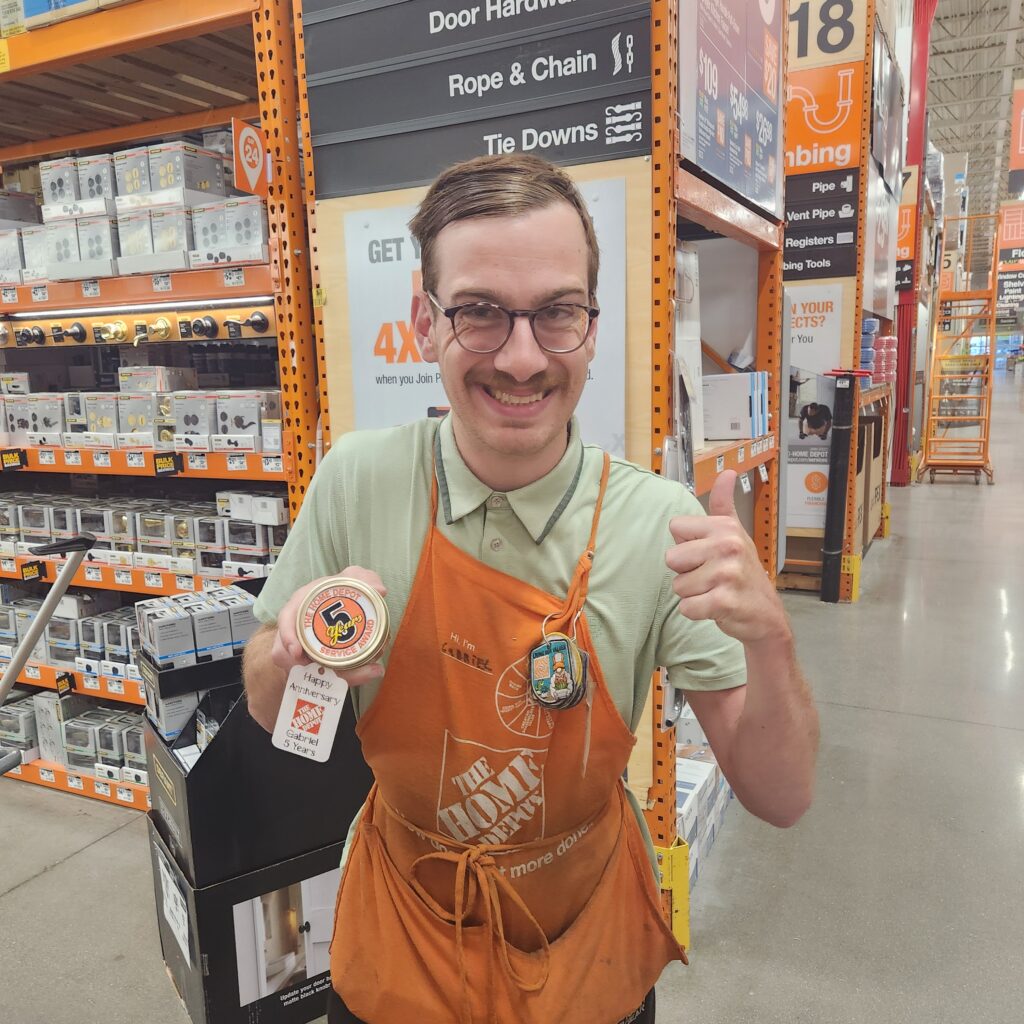
Photo provided by Easterseals Colorado.
“Success stories are the best part of the job,” he said. “That reward of seeing a client be successful, be happy, and obtain their goals, there is no better feeling. It makes me so excited and happy to go to work every day and help clients reach their goals, push toward their goals, and even discover what their goals might be.”
DeAngelis notes that one client is ready to transition to a full-time career. Through the help of Easterseals Colorado, and several years of preparing for this moment, the client, as well as his current company, agreed to a full-time position. But each story of success does not end with a full-time job. Rather, DeAngelis’ job is to help disabled individuals embrace their needs and recognize when they require assistance.
“One of our clients, for many years, had been working two days a week,” he said. “In the past couple months, I noticed he had a lot of extra strain and stress. I had a conversation with him and his team, and I said, ‘I know how much your job means to you. Walking around the store with you is like walking down a red carpet with all the high-fives from regular customers and coworkers.’ It’s a real point of pride and identity for this client.”
The solution was to take the client from two shifts to one. DeAngelis explains that his energy levels returned, he is still able to interact with his community, and remain employed. This story also demonstrates the importance of advocating for accommodations within the workspace. If the client did not recognize this need, they would have experienced burnout, and possibly had to leave their job.
Finding a job is already an immense challenge. And for disabled individuals, the numerous barriers that often accompany job searching, and employment overall, can be overwhelming. For DeAngelis and the team at Easterseals Colorado, these barriers can be dismantled to provide fulfilling employment opportunities.
“In this go, go, go world, where everything needs to be, or seems to be, needing a snap judgment and decision, [we really need to] remember that we’re all human, we’re all doing our best, and we all have something to give back,” he said. “Our clients want to give back.”
Visit the Easterseals Colorado website to learn more about their services. Thank you to Henry DeAngelis for providing an interview.
Let's Keep in Touch
Don't miss out on exciting news, helpful resources, and impactful stories delivered to your inbox each month.
Join Today

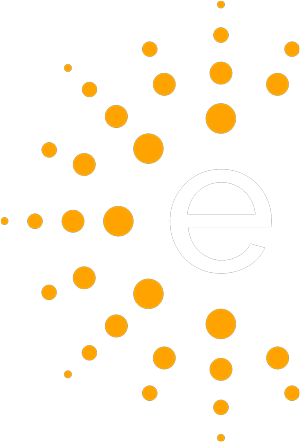


Connect with us on social media